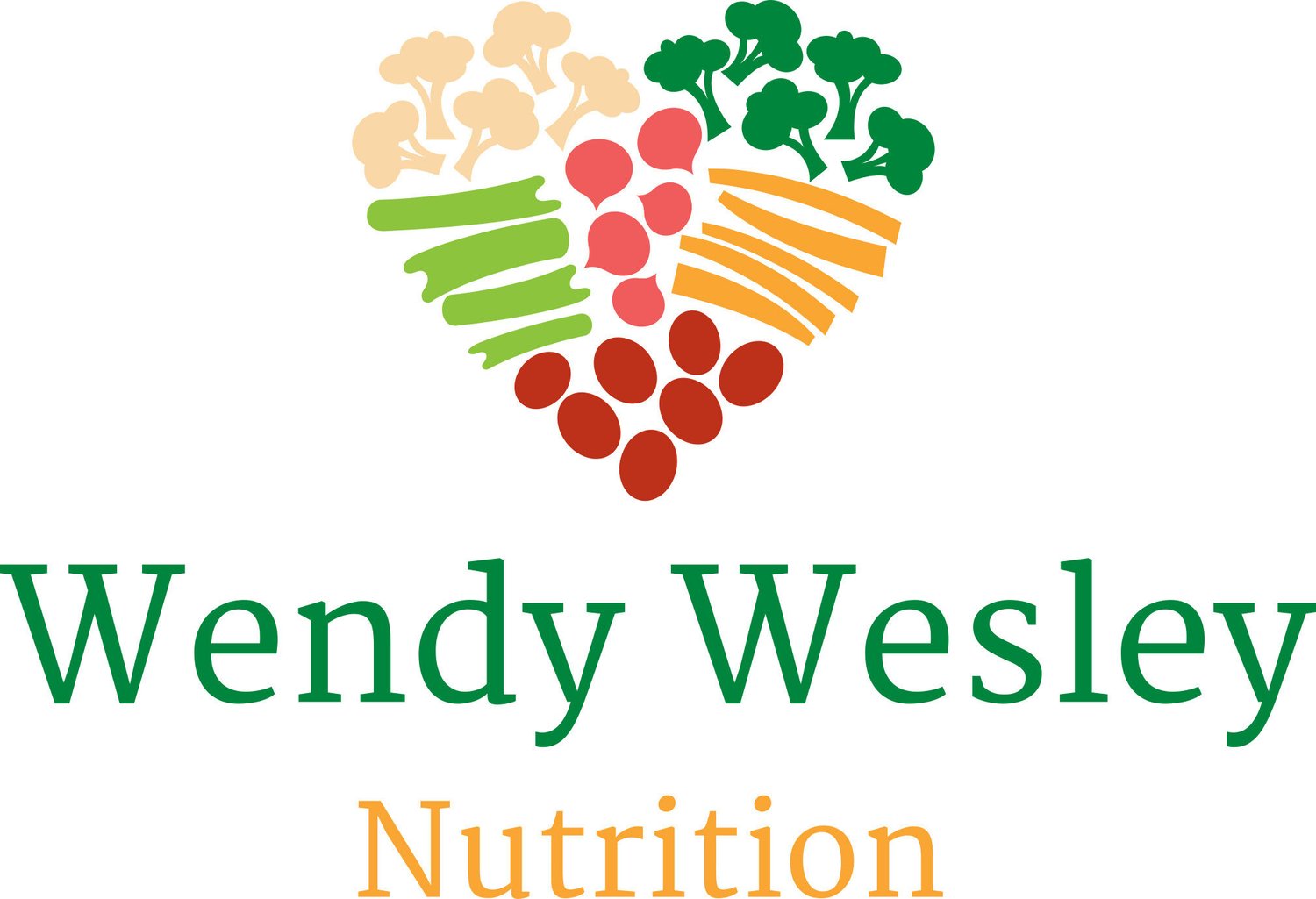What is the NOVA classification system and what are ultra-processed food or UPFs?
The NOVA classification of foods grew out of the research of Carlos Augusto Monteiro, a Brazilian nutrition scientist. The name NOVA is derived from the Portuguese word for “new” or a new way to classify foods. It categorizes foods into four groups.
NOVA 1: contains “unprocessed for minimally processed foods” or the edible parts of plants and animals that have been taken straight from nature or that have been minimally modified or preserved.
Examples include fresh or frozen fruits and vegetables, grains, legumes, nuts, seeds, fresh meat, eggs, milk, plain yogurt and natural spices. Additives are not part of this group.
NOVA 2: contains “processed culinary ingredients” or the ingredients used is seasoning and cooking group 1 foods and preparing dishes from scratch.
Examples include oils produced through crushing seeds, nuts, seeds or fruit (such as olive oil), salt, sugar, vinegar, starches, honey, syrups extracted from trees and butter.
NOVA 3: contains “processed foods made or preserved through baking, boiling, canning, bottling and non-alcoholic fermentation.” They often contain additives to enhance shelf life, protect the properties of unprocessed food, prevent the spread of microorganisms or making them more enjoyable.
Examples include cheese, canned vegetables, salted nuts, fruits in syrup, dried or canned fish, breads, pastries, cakes, biscuits, and some meat products. They are made predominantly of food from group 1 with the addition of group 2 ingredients.
NOVA 4: contains “ultra-processed foods that are the formulation of ingredients, mostly of exclusive industrial use created by a series of industrial techniques.” They introduce food substances of little or no culinary use such as hydrogenated oil, modified starch, protein isolate and high-fructose corn syrup. The manufacturing process for UPFs includes extrusion, molding, pre-frying and the addition of flavors and colors.
Examples include carbonated soft drinks, reconstituted fruit juice, margarine, lunchmeat, plant-based meat substitutes, most breakfast cereals, flavored yogurt, candy, potato and corn chips, frozen dinners, packaged snacks, ice cream, packaged cookies, sausages, packaged pies and pizzas and chicken nuggets.
An easy test for UPFs is this: if it comes in any kind of package and contains at least one ingredient that is not found in a domestic kitchen, it is likely an ultra-processed food.

